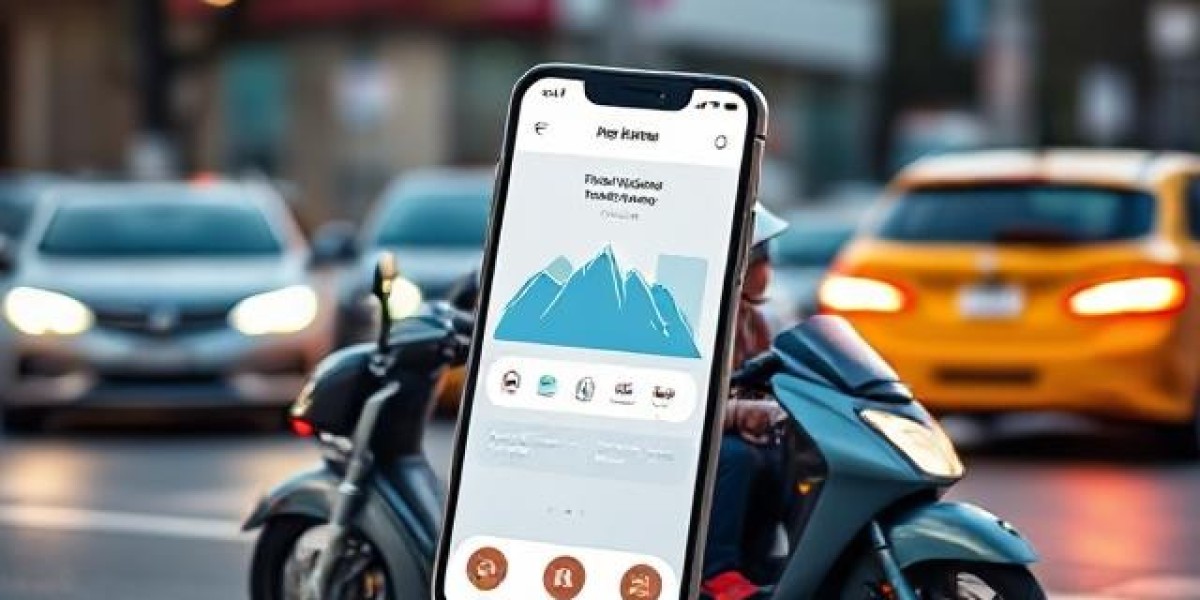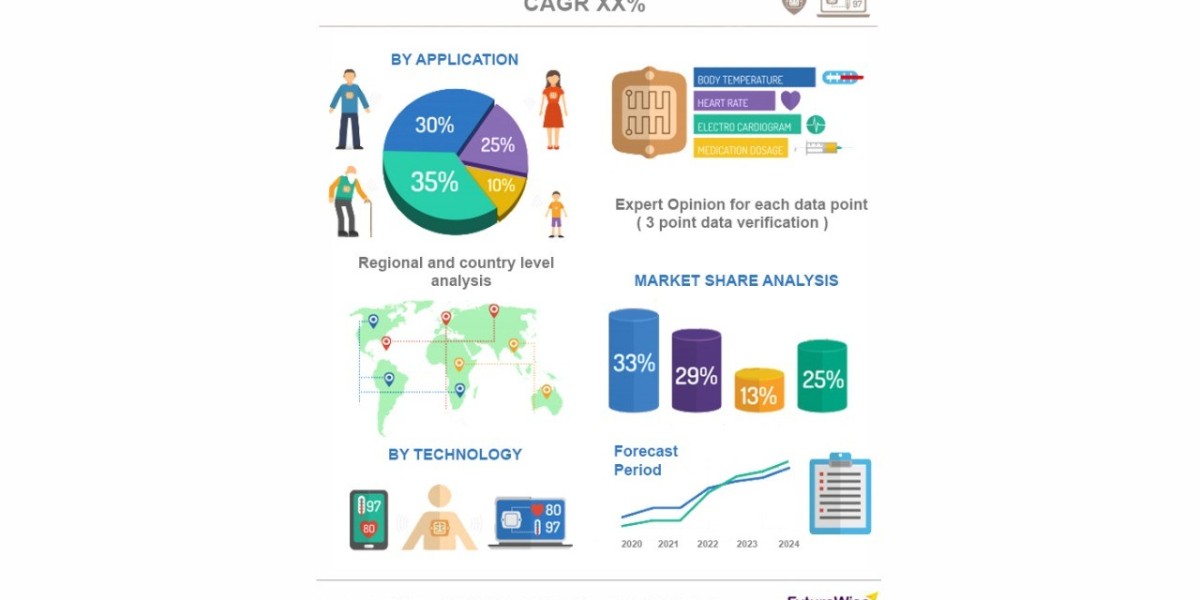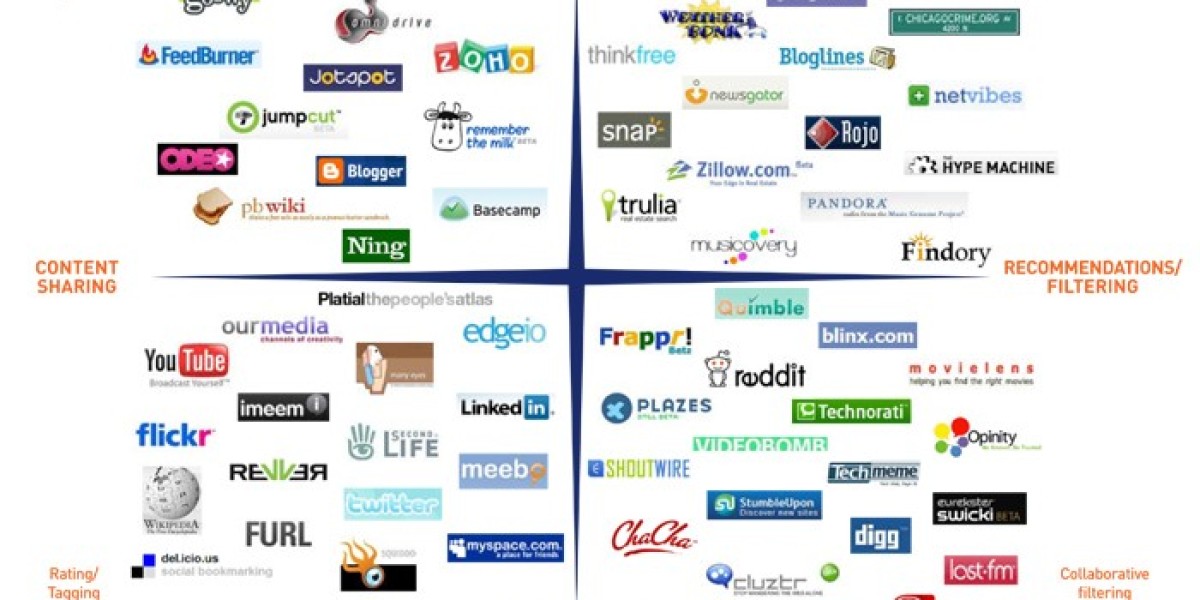Ride sharing services have changed the way people travel, offering a convenient and cost-effective alternative to traditional transportation. Businesses planning to enter this market must understand the essential aspects of ride sharing app development. A well-designed application ensures a smooth experience for both passengers and drivers, helping companies stay competitive in this growing industry.
Essential Features of a Ride Sharing App
A functional ride sharing app development must include several features to provide a seamless user experience. Whether for Android or iOS, these elements play a key role in the app’s success.
1. Easy Registration and Authentication
Passengers and drivers should be able to sign up using their phone number, email, or social media accounts. Driver verification, including document checks, is crucial for safety and compliance.
2. Ride Booking and Matching System
Passengers should be able to request rides quickly, while an advanced algorithm matches them with the nearest available driver. The system should also allow ride scheduling for future trips.
3. GPS Tracking and Navigation
Live location tracking helps passengers monitor their driver’s arrival and estimated time. Rideshare app developers integrate navigation tools to assist drivers in finding the best routes.
4. Fare Calculation and Multiple Payment Options
A transparent pricing model helps users see fare estimates before booking a ride. Integrating payment options such as credit/debit cards, digital wallets, and cash ensures flexibility.
5. Ratings, Reviews, and Customer Support
A feedback system allows passengers and drivers to rate each other based on their experience. In-app customer support helps resolve issues quickly, improving user satisfaction.
Steps to Develop a Ride Sharing App
1. Market Research and Competitor Analysis
Understanding market trends and user expectations is crucial before developing an application. Studying successful ride sharing apps provides insights into essential features and improvements.
2. Selecting the Right Technology Stack
Choosing the right programming languages and frameworks ensures performance and security.
Android: Kotlin or Java
iOS: Swift or Objective-C
Backend: Node.js or Python
Database: Firebase or PostgreSQL
3. User Interface and Experience Design
A simple and well-structured interface helps users navigate the app easily. The design should focus on clear layouts, responsive buttons, and an intuitive booking process.
4. Development and Feature Integration
The app development process involves coding the frontend and backend, integrating key features such as ride requests, fare calculations, and GPS tracking.
5. Testing and Security Enhancements
Rigorous testing helps identify and fix bugs before launch. Security measures, including encryption and authentication protocols, protect user data.
6. Launch, Updates, and Maintenance
After testing, the app is deployed on Google Play and the Apple App Store. Regular updates improve functionality, fix issues, and introduce new features.
Why Hire Skilled Rideshare App Developers?
Building a ride sharing app requires expertise in Android and iOS development. Skilled developers ensure smooth performance, security, and scalability. They also help businesses integrate advanced features and maintain the app post-launch.
Final Words
A successful ride sharing app requires careful planning, user-friendly design, and advanced features. With the right development approach, businesses can create an efficient and secure transportation solution that meets customer expectations in a competitive market.









